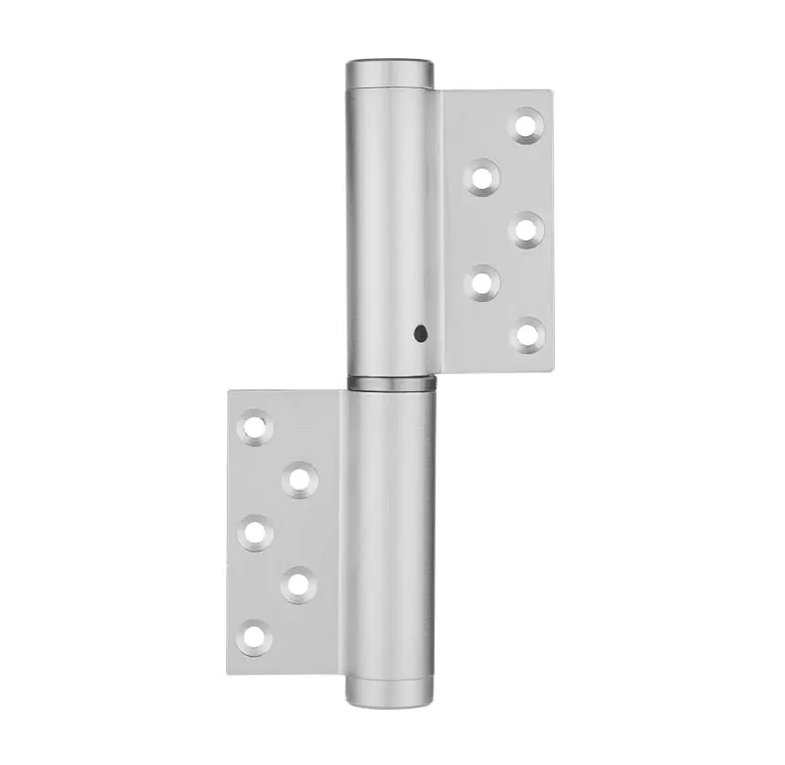Hydraulic Damping Hinges have emerged as a leading choice in the field of furniture and cabinetry, particularly where noise control is a priority. These hinges are engineered to provide a smooth and quiet operation, which is essential in environments where noise pollution can be a significant issue. The noise control effects of hydraulic damping hinges are a testament to their advanced design and the technology that underpins their functionality.
In the context of noise control, hydraulic damping hinges offer a distinct advantage over traditional counterparts. The incorporation of hydraulic damping mechanisms within these hinges allows for a controlled and gradual closing or opening of doors and lids, which significantly reduces the noise that is typically associated with sudden impacts. This is achieved through the use of a fluid within the hinge that resists rapid movement, thereby absorbing the energy that would otherwise be released as sound.
The effectiveness of hydraulic damping hinges in noise control can be attributed to several factors. Firstly, the design of these hinges includes a sealed chamber filled with a viscous fluid. As the hinge moves, the fluid within the chamber is displaced, creating resistance to the motion. This resistance not only slows down the movement but also dissipates the kinetic energy as heat, which minimizes the noise generated by the hinge's operation.
Secondly, the precision engineering of hydraulic damping hinges ensures that there is minimal play or slack in the mechanism. This tight tolerance reduces the rattling and creaking sounds that can occur with traditional hinges, especially as they age and wear. The result is a hinge that operates with near-silent precision, providing a quiet and smooth user experience.
Moreover, hydraulic damping hinges are designed to accommodate a wide range of motion speeds. This adaptability allows the hinges to be tailored to specific applications where noise control is paramount. For instance, in commercial settings such as hospitals, schools, or offices, where quiet operation is essential, hydraulic damping hinges can be adjusted to provide a slower, more controlled closing action that minimizes noise disruption.
The durability of hydraulic damping hinges also plays a role in their noise control capabilities. These hinges are built to withstand the test of time, with materials and construction that resist wear and tear. This longevity means that the hinges maintain their noise-reduction properties even after extended use, unlike some traditional hinges that may become noisier as they age.
In addition to their noise control benefits, hydraulic damping hinges also offer other advantages such as increased safety and improved aesthetics. The slow and controlled closing action of these hinges reduces the risk of injury from sudden door closures, making them a safer option for homes and public spaces. Furthermore, the sleek design of hydraulic damping hinges can enhance the visual appeal of furniture and cabinetry, adding a touch of sophistication to any setting.
In conclusion, the noise control effects of hydraulic damping hinges are a result of their innovative design and the incorporation of hydraulic damping technology. These hinges offer a quiet and smooth operation that is unmatched by traditional hinges, making them an ideal choice for applications where noise reduction is a priority. The combination of controlled movement, precision engineering, and durability ensures that hydraulic damping hinges provide a superior noise control solution that stands the test of time.

